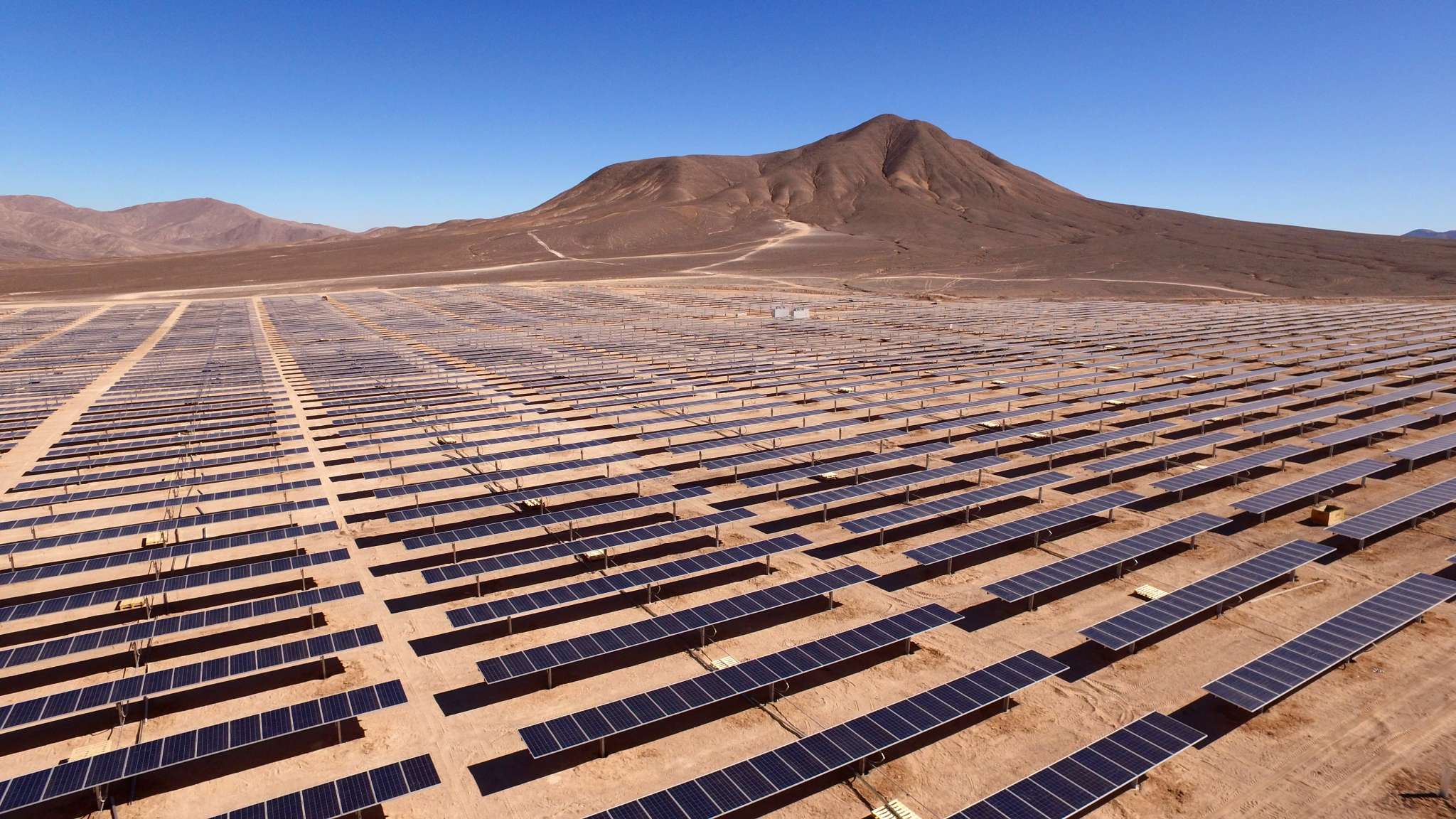Table of Contents
In the dynamic landscape of renewable energy and decentralized technologies, the intersection of solar microgrids and Bitcoin has emerged as a fascinating avenue for transforming local energy distribution networks. The marriage of solar microgrids, which provide localized energy generation, and the innovative potential of Bitcoin’s blockchain technology is paving the way for a more resilient and efficient energy future.
The Evolution of Energy Distribution
Traditional Energy Grids: Limitations and Challenges
Traditional energy grids, while serving as the backbone of global energy distribution, have inherent limitations. Centralized energy production requires vast infrastructure, is susceptible to disruptions, and often results in energy loss during transmission. Moreover, the reliance on fossil fuels has led to environmental concerns, underscoring the urgency of transitioning to sustainable energy solutions.
Rise of Solar Microgrids
Solar microgrids present a paradigm shift in energy distribution. By harnessing the power of sunlight, these localized systems generate electricity for immediate use, reducing transmission loss and dependence on non-renewable resources. The scalability of solar microgrids makes them ideal for diverse settings, from rural communities to urban centers, enabling energy access in remote areas and promoting energy independence.
Bitcoin’s Role in Energy Innovation
Blockchain Technology and Decentralization
At the heart of Bitcoin’s innovation lies blockchain technology. Blockchain enables secure, transparent, and tamper-proof transactions by utilizing a distributed ledger system. When applied to energy, this technology can facilitate peer-to-peer energy trading, allowing individuals and businesses to exchange excess energy directly, thus creating an energy marketplace at the local level.
Energy Tokenization and Efficiency
Bitcoin’s blockchain can enable the tokenization of energy, representing units of energy as digital assets on the blockchain. This concept has the potential to revolutionize energy markets by allowing seamless, real-time trading of energy tokens. It not only enhances energy efficiency but also promotes renewable energy adoption by providing incentives for clean energy generation.
Advantages of Solar Microgrids and Bitcoin Integration
Energy Resilience and Security
The integration of solar microgrids with Bitcoin technology enhances energy resilience. During grid outages, these systems can operate independently, providing uninterrupted power to critical infrastructure. Furthermore, the decentralized nature of blockchain ensures data security and protection against cyber threats, safeguarding energy transactions and grid operations.
Empowering Local Communities
Local communities benefit significantly from the convergence of solar microgrids and Bitcoin. By generating their energy and participating in energy trading, individuals can gain greater control over their energy consumption and costs. This empowerment fosters a sense of ownership and community engagement, driving the transition towards sustainable energy practices.
Environmental Impact and Sustainability
The combined impact of solar microgrids and Bitcoin on the environment is profound. Solar energy generation reduces carbon emissions, mitigating climate change, while Bitcoin’s energy-efficient blockchain minimizes the ecological footprint associated with traditional financial systems. The synergy between these technologies aligns with global sustainability goals.
Challenges and Considerations
Regulatory Framework
The integration of solar microgrids and blockchain technology necessitates a supportive regulatory environment. Governments and policymakers must establish clear guidelines for energy trading, taxation, and consumer protection within decentralized energy markets.
Technological Infrastructure
In order to unlock the complete capabilities of solar microgrids and their integration with Bitcoin, it is imperative to establish a strong technological foundation. This entails the deployment of smart meters, energy storage solutions, and dependable internet connectivity. These components collectively enable seamless real-time energy trading and monitoring, thereby optimizing the synergy between solar microgrids and Bitcoin integration.
Future Outlook
The transition towards an decentralized and environmentally friendly energy system, driven by the combination of solar microgrids and Bitcoin, is currently in progress. As technological progress persists, we can expect higher levels of acceptance, enhanced efficiency, and more extensive incorporation of various renewable energy forms. The merging of solar microgrids and blockchain technology signifies an upcoming era in which communities gain the ability to determine their own energy future.
Conclusion
In conclusion, the convergence of solar microgrids marks a significant step forward in energy distribution, and this is where the voltix edge which is an Online trading platform comes into play. By embracing decentralized energy generation and leveraging blockchain’s capabilities, we can unlock a new era of energy resilience, empowerment, and sustainability facilitated by this innovative trading platform. As the world moves towards a greener future, these synergistic technologies will undoubtedly play a pivotal role in shaping the energy landscape for generations to come.
Photo Credit: Unsplash


